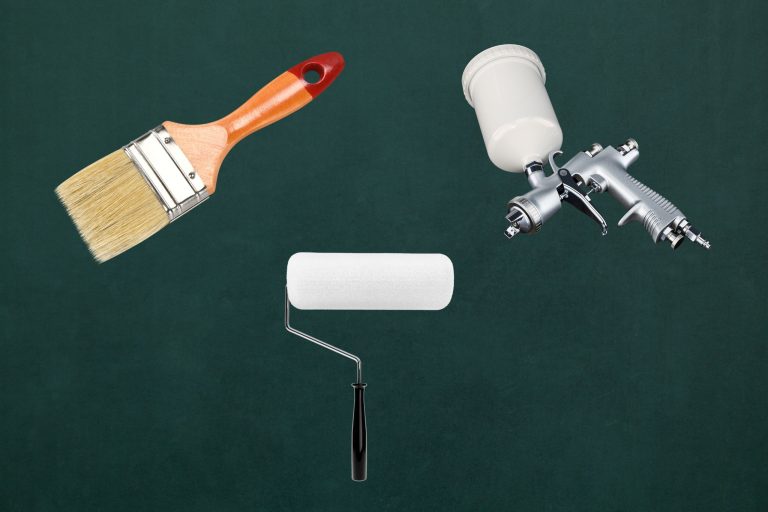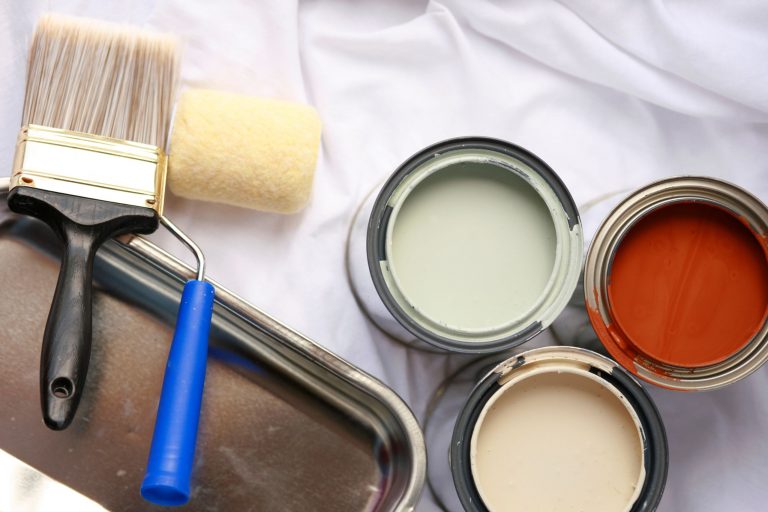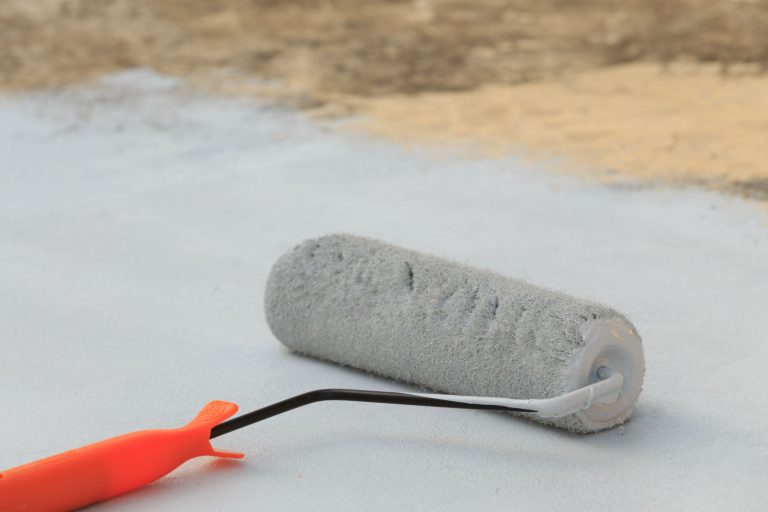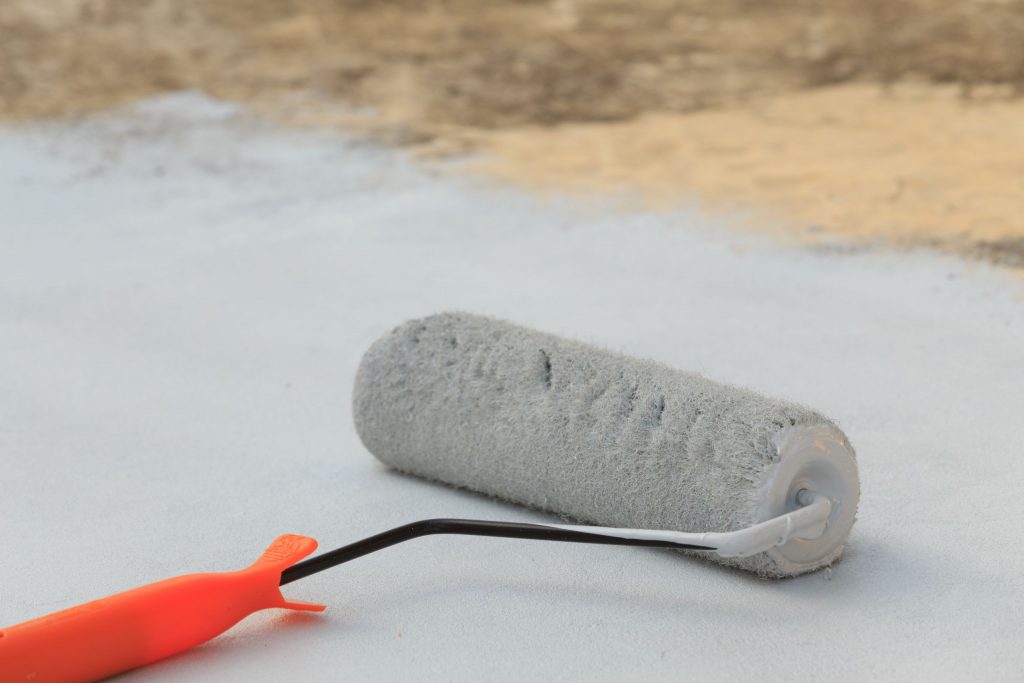
Extensive paint brush lifetime depends on correct cleaning and storing methods. Although many individuals undervalue the need of caring for their brushes, well-kept equipment may greatly affect the outcome of painting work. Regular cleaning helps to avoid paint residue accumulation, which may change the efficacy and form of brushes, therefore producing undesired effects. Little work goes into brush maintenance will help to guarantee that every next painting job is carried out with accuracy and grace.
Moreover, keeping brushes not only improves the productivity but also shows to be economical. Good maintenance extends the lifetime of high-quality brushes, thereby helping customers to avoid regular replacements even if they might be a large purchase. This sustainable method therefore helps maintain brush quality and performance, thereby guaranteeing consistent outcomes over time. Effective cleaning and storage techniques help artists maximize their equipment, therefore enabling higher finishes and long-term savings of money.
Cleaning Brushes After Use
Starting with extra paint will help to guarantee lifespan and best performance of paint brushes. This first stage stops the paint from curing within the bristles, therefore avoiding permanent harm. The kind of paint used affects the cleaning technique.
Rinsing the brush under warm running water is the easy method for water-based paints. To remove any last paint, carefully massage the brushes; then, keep washing until the water flows clean.
By contrast, oil-based paints need for a different cleaning agent—such as paint thinner or mineral spirits. Drop the brush into the solvent to soak the bristles. The paint could come off by brushing the bristles on the edge of the container. After that, the brush should be carefully washed under water and with soap to remove any solvent residue.
Especially meant to clean paint and condition the bristles, specialist brush cleaners might also be very successful. Whichever the approach, thorough cleaning is very essential to preserve brush quality and provide a flawless painting experience on next tasks.
Rinsing and Removing Residue
Start by pouring warm water over the bristles to correctly rinse a paintbrush and guarantee all paint and cleaning solution are gone. Steer clear of hot water to prevent bristle damage. To release water-based paints, dip the brush in a container of pure water and gently swirl the bristles. Agitate; then, run the brush under the faucet to let the water flow through the bristles until it comes clean.
For oil-based paints, use the appropriate solvent—such as mineral spirits or paint thinner. Whirl the brush lightly in the solvent to break the paint. Rinse; then, move the brush to a bottle of pure solvent and continue the procedure until no paint remains.
Pinch the bristles together and look for any color that could show to confirm there is no leftover paint. Also, gently run the brush over a fresh white paper towel; should any color transfer, more washing is required. Reshape the bristles of the clean brush then lay it flat to dry. Good maintenance guarantees that the brush runs as it should in next projects.
Drying the Brush
Maintaining the lifetime and performance of paint brushes depends on their appropriate drying. The best first step is to lightly wipe the brushes with a fresh towel after water or solvent cleaning. This method eliminates too much moisture without compromising the bristles. Alternatively, setting the brush flat on a spotless surface lets air flow around the bristles, therefore encouraging equal drying.
Before storing the brush, it is important to let it dry completely. Should moisture still exist, it might cause mold development, therefore compromising the integrity of the brush and perhaps contaminating next paint applications. Damp bristles may gather together, losing their shape and so becoming less helpful for exact work. Furthermore, unsuitable drying techniques might corrode metal ferrules, therefore weakening the brush.
Maintaining paint brushes in optimum form and ensuring they remain so depend on the drying methods used. Correctly drying brushes enables users to experience more performance and lifespan, thereby enhancing the smoothness and pleasure worth of their painting efforts.
Storing Brushes to Maintain Shape
Paintbrushes must be properly stored if one wants to keep their form and quality. One good approach is hanging the brushes according to their handles. This helps the bristles to be free from any pressure, therefore avoiding bending or loss of form. You may also make use of brush holders made especially for this. Usually used to keep brushes straight, these holders ensure sure the bristles are supported instead than squashed together.
Those with limited space might also find it useful to arrange brushes flat on a shelf or in a drawer. This technique retains the natural shape of the bristles and keeps them whole, therefore avoiding any inadvertent injury.
Brushes should not be kept in damp or wet conditions as moisture causes metal ferrules to corrode and brle materials to degrade. In addition to extending their lifetime, keeping brushes dry and cold helps to preserve performance throughout usage. Using these storage techniques helps artists make sure their brushes stay in great condition for more extended durations, ready for their next project.
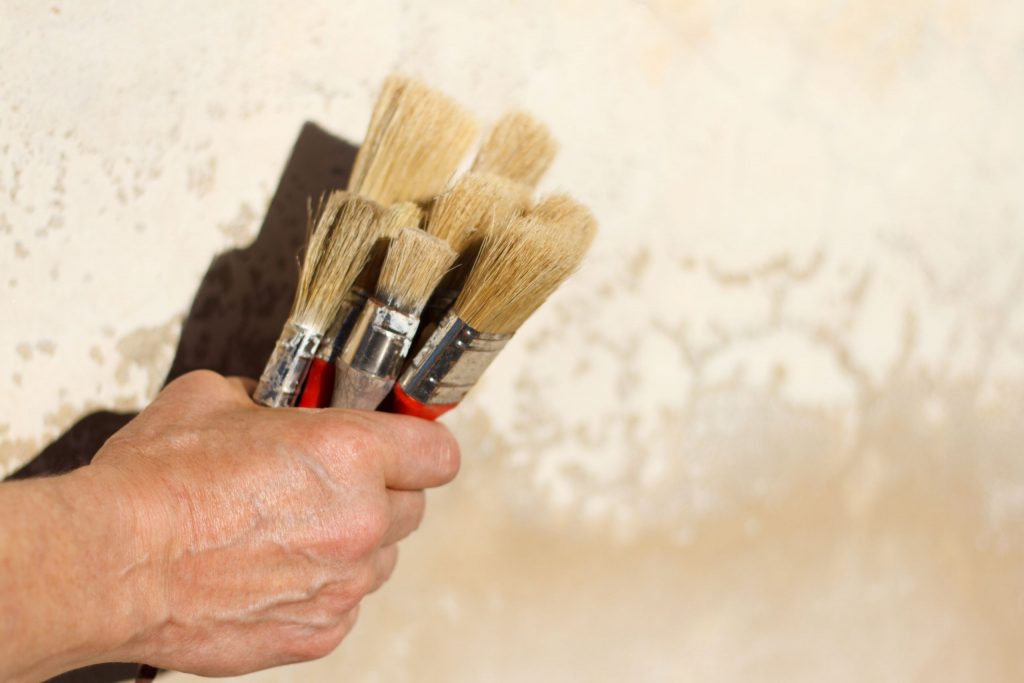
Conclusion
Effective paint brush cleaning and storage call for many important stages. First, one should make sure paint is removed from the bristles by rinsing the brush with water or solvent right after usage. To get any last residue, gently massage the bristles with soap and warm water; then, rinse completely to shape the bristles back into their natural form. To preventing water from seeping into the ferrule, cleaning requires for either hanging the brush upside down or drying it flat—a process that over time might lead the adhesive to break. Brushes maintained away from wet environments in a covered case or container help to maintain their shape and quality. Paint brushes should be regularly maintained not just to extend their lifetime but also to improve painting effects as clean brushes apply smoother, more exactingly. By spending time in this care schedule today, painters may save the expenses of replacing often used instruments, thereby improving their future painting efforts. By visiting the special blog area for further information, readers are urged to investigate more ideas and advice on “tools and equipment“.

